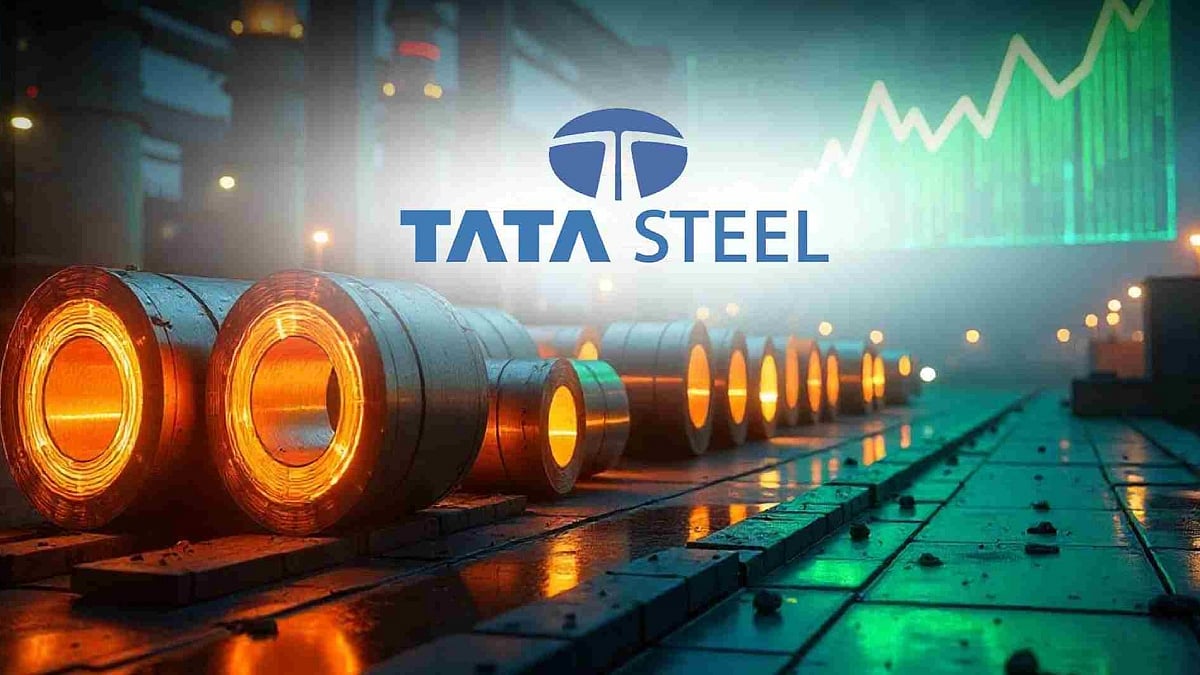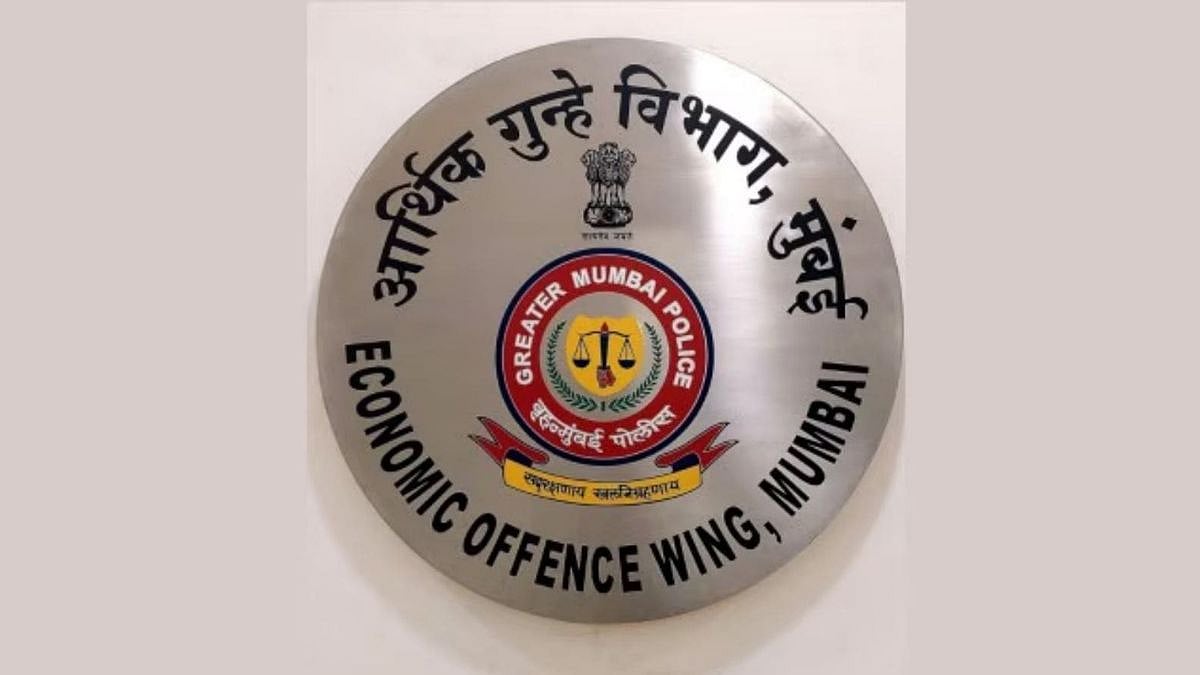The deluge of July 26, 2005, still evokes memories of the night long trek from Andheri to Lower Parel on the Western Express Highway wading through neck deep water with carcasses of cattle floating around. It was just a month into the many months that has now become a 16-year long journey, of being a Mumbai resident who fears to step out of the comfort of the four walls each monsoon. Was 2005 my first brush with climate change? Maybe. The deluge might have been a one-off episode but what has slowly but steadily changed in the last two decades is the Arabian Sea which one can smell in Mumbai every morning that could possibly lead to catastrophic security future.
What one possibly ignored was Bandu and Phet in 2010, Keila in 2011, Murjan in 2012, Nanauk and Niolfar in 2014, Ashobaa, Chapala and Megh in 2015, Sagar, Mekunu, Luban in 2018, Vayu, Hikaa and Kyarr in 2019 in the Arabian Sea, till Nisarga made a landfall at the coastal village of Shirvardhan on June 3, 2020. Every agency from the India Meteorological Department (IMD) predicting the course of the cyclone to the relief teams from the National Disaster Response Force, Indian Navy, Coast Guard and state agencies were on alert and deployed to carry out exigencies the cyclone would bring along. The storm of 2020 passed, and once again silence was restored.
Then on May 17, 2021, the unthinkable happened on the Bombay High. The wind speed had increased to 100 kilometers per hour. The tide and swell of the sea was at all time high sea state of 8, which meant that waves were taller than a single storey house. At sea, and literally, were 710 lives. And to rescue them another 1,200 lives were roped in. The Indian Navy in an operation that has no precedent, managed to rescue most of them. But even the valiant Indian Navy could not beat the nature’s fury which claimed 88 lives on the fateful day.
What is disturbing is not what Cyclone Tauktae, the fifth most powerful cyclone in the Arabian Sea, showed us, but that more Tauktae’s are in the offing in the coming years. Studies by climate change experts point to an increase in the frequency of cyclones in the Arabian Sea in the coming decades largely due to the rising temperature of the sea. Rising temperatures couple with a rising sea level potentially points to catastrophic repercussions in the coming future.
Dr Roxy Mathew Koll, climate scientist and IPCC lead author, through his papers has on how tropical cyclones are among the most destructive natural disasters on earth, and how the north Indian Ocean, including the Arabian Sea and Bay of Bengal, account for 6 per cent of the global tropical cyclones. His papers also point to the rapid intensification of cyclones which could also prove to be a major cause of concern in the future for coastal cities like Mumbai. In fact the scientist had taken to Twitter to post a thread post Tauktae which read “With climate change, the storyline has changed for Mumbai and the coastline of India.”
“Arabian Sea is brewing more intense cyclones than ever. Tauktae was the most intense cyclone (220 km/hr) that came very close to Mumbai. Cyclones drive storm surges—huge waves (5 m high) that push water onto the land, flooding the coast,” wrote Dr Koll. Dr Koll also points out to the sea level rise at a fast pace along the coast of Mumbai at about 3 centimeter per decade, while pointing out the calamitous position that Mumbai was in devoid of its mangroves.
‘A security threat assessment of global climate change’ a paper produced by The National Security, Military and Intelligence Panel on Climate Change of the United States of America in 2020 predict that Indian Ocean region will experience devastating sea level rise threatening megacities, infrastructure and population if one was to witness a global average warming at 2-4+°C/3.6-7.2+°F.
“Over long-term projections of severe warming, sea level rise is the most devastating climate threat to the Asia-Pacific region. A one meter rise in sea levels would displace 37 million people in the East Asian and Pacific, and that number would nearly double with a two meter rise. Heavily populated cities along the coast will see huge economic and livelihood losses due to rising seas, including Mumbai, Bangkok, Jakarta, Ho Chi Minh City, and Guangzhou,” states the paper. The paper puts 44 million Indians in the climate risk category, 53 million in Bangladesh, 38 million in Vietnam, 26 million in Indonesia and 107 million in China.
Dr Pushp Bajaj, of the National Maritime Foundation, in his June 2020 paper ‘Climate Risks to India’s Holistic Martime Security Part 1: Rising Sea Level’ points out that the global mean sea level was rising, and that the rate of rise is accelerating. Dr Bajaj’s paper states that the sea-level rise increased from 1.4mm per year over the period 1901-1990 to 2.1 mm per year between 1970-2015 to 3.2 mm per year to 3.6 mm per year over the period of 2005-2015.
This also poses the need for a sea change in the role India’s maritime security agencies, especially the Indian Navy and the Indian Coast Guard, as security challenges increase from accelerating climate change. While the Indian Navy will be increasingly called out to respond to extreme weather conditions like cyclones and floods, they themselves will be vulnerable to the impacts of the sea level rising. A vast majority of its bases across Mumbai, Goa, Karwar, Kochi and in the islands of Lakshadweep could be under high risk, and any damage to critical infrastructure could seriously hamper the ability to provide effective assistance. This also necessitates state and central government agencies like the National Disaster Response Force (NDRF) to create short-term and long-term strategies to mitigate the threat of cyclones and floods in the coming future.
For Mumbai, to mitigate the threat posed by climate change, it would also mean that the civic body and the countless development agencies of the state evolve a strategy that looks to create a buffer zone of mangroves to start with, to an effective and state-of-the-art storm water drainage system, to keep the city from marooning.










